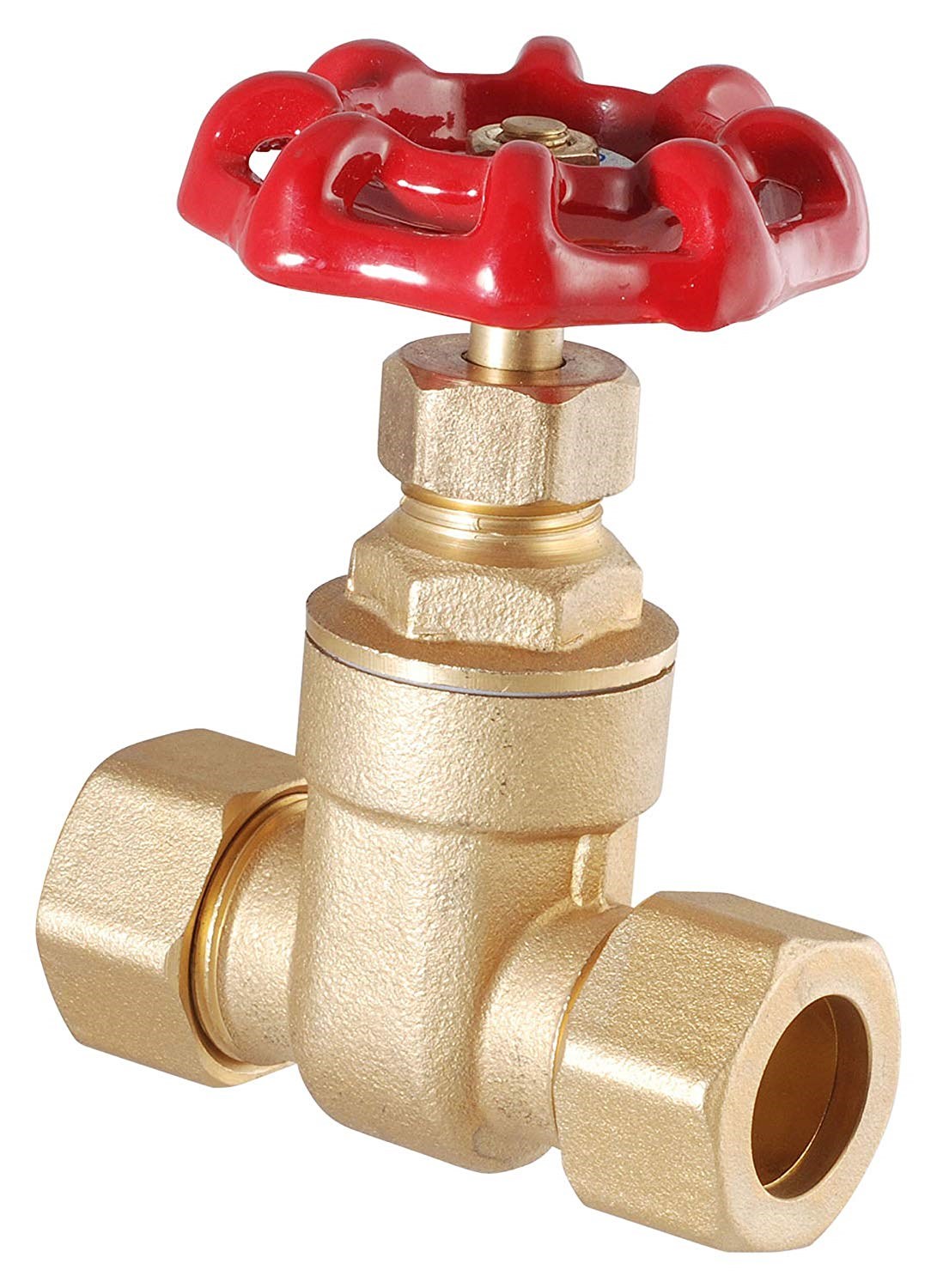Early faucet valves Introduction
The earliest type of valve was a device that pressed the plug into the seat to stop the flow of water and retracted the plug to allow it to flow again. For most of the first century of faucet development, there were two competing technologies: compression valves that used a screw mechanism to control the plug, and fuller valves that used a lever and CAM to control the plug. The compression valve
The first practical compression valve was developed in 1845 by plumber John Guest and Richard and Edward Chrimes Jr., owners of a foundry in Rotherham, England. Brother invention. The foundry, renamed Guest & Chrimes Brassworks, manufactured faucets (known as lock cocks, hydrants and taps) and other equipment including valves until it closed in 1999. The earliest compression valves used a stack of leather gaskets as plugs. Turning the faucet handle raises and lowers the stem. A plug at the bottom of the stem (called a seat washer) is pressed into the metal (usually brass) seat until the flow stops. To start the flow again, the plug is retracted by turning the screw in the other direction. This was a huge improvement on existing water control techniques at the time, including some versions of inserting a plug into the end of a pipe to stop the flow of water, often with a mallet, and then removing it to restart the flow. It makes it practical to bring water into the house because it can be controlled precisely and reliably. The Guest & Chrimes valve can not only start and stop the flow of water, but also regulate the volume of water - a feature not available with older plug-and-play technology. The screw action of opening and closing the valve works well, but they also wear them out quickly by repeatedly rubbing the leather gasket into the seat. Even after the switch from leather gaskets to rubber gaskets, the problem of rapid gasket deterioration remained and was only mitigated by improvements in gasket technology.

Fuller valve
In need of a technology that can squeeze a plug in without screwing it into place to make it last longer, Henry W. Fuller of Brooklyn thinks he has the answer. Fuller's invention, patented in 1879, used an eccentric CAM attached to the handle to push a grape-sized rubber plug into the seat to cut off the water. Unlike compression faucets, which operate on water flow, fuller valves operate under water pressure to improve the seal. Because the CAM mechanism does not grind rubber plugs to stop the flow of water, the duration between repairs is much longer. Controlling flow precisely, however, is tricky. The CAM only needs about half a turn to change the flow from off to fully on, so adjusting the flow requires deft touch. In addition, according to generally accepted piping knowledge, it may take a great deal of force to squeeze the ball into its base to stop the flow of water, especially if the ball is worn, so large lever handles are common to provide the required leverage.




